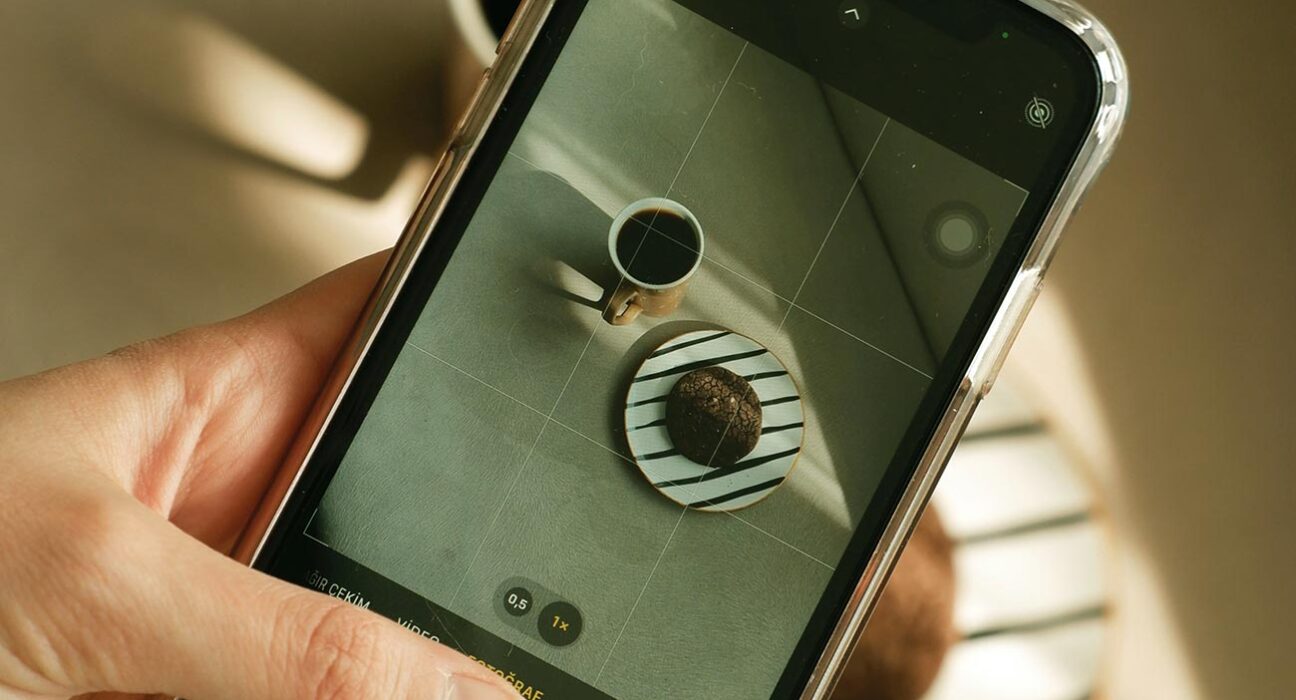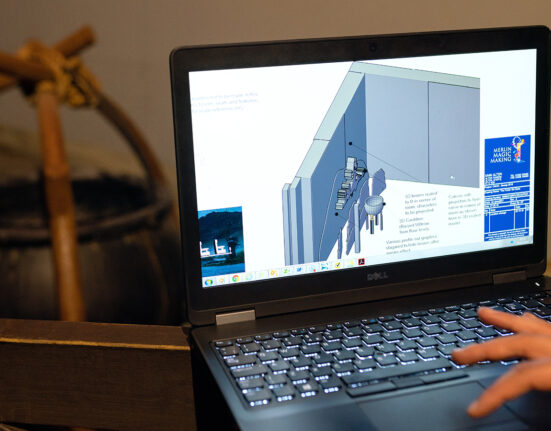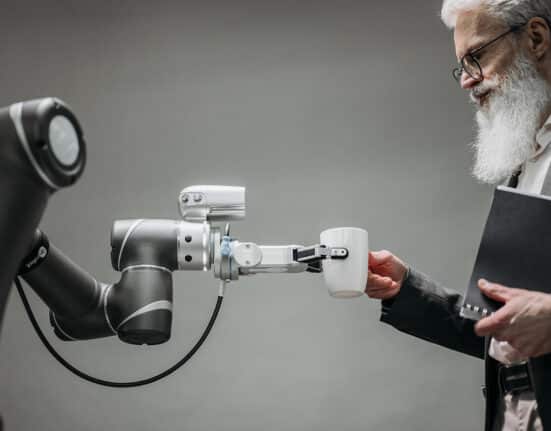A Digital Twin is a digital representation of a physical object or system. The technology behind digital twins has expanded to include buildings, factories, and even cities. Some have argued that even people and processes can have digital twins, expanding the concept further.
Digital twins are virtual replicas of physical devices that data scientists and IT pros can use to run simulations before actual devices are built and deployed. It can also take real-time IoT data and apply Al and data analytics to optimize performance.
Companies are not using digital twins to solve one problem; they have implemented the concept to achieve various improvements. Some of the advantages of using digital twin include:
1. Improved Customer Satisfaction
We are in an increasingly customer-centric marketplace, and delivering customer satisfaction can be a competitive differentiator. Customers expect companies to understand their needs; therefore, they will spend more if they know they will receive excellent service. Digital twins can support improved customer satisfaction through use cases like predictive maintenance. Still, because they collect real-time data on the product, they can also enable smoother customer service and repair operations while informing future product improvements.
2. Improved Product Quality
Digital twin helps in time and data collection. After initial investments have been made, generational improvements of a product – based on actual–world operational data from many digital twins – can inform engineers and designers when developing a new product or version. These benefits industries like automotive, chemical, high-tech, industrial machine and electrical equipment, and medical devices.
3. Reduced Time to Market
With digital twins, companies receive continuous insights into their product’s performance in the field. With these insights, they can iterate and innovate products faster and more efficiently. When used with digital models and simulation tools, digital twin enables engineers to validate product performance before physical prototyping. This results in significant savings in costs and time for expensive products. Digital twins can help sidestep late-stage redesign and reduce time-to-market.
4. Drive Operational Efficiency
Businesses want to be able to execute with greater efficiency, but it’s hard to know where to start. Digital twins offer the insights necessary to gain operational efficiencies across the value chain.
With digital twins, organizations are gaining greater visibility into their data and then can use those insights to make an impact that’s felt by customers, employees, the bottom line – or all three.







